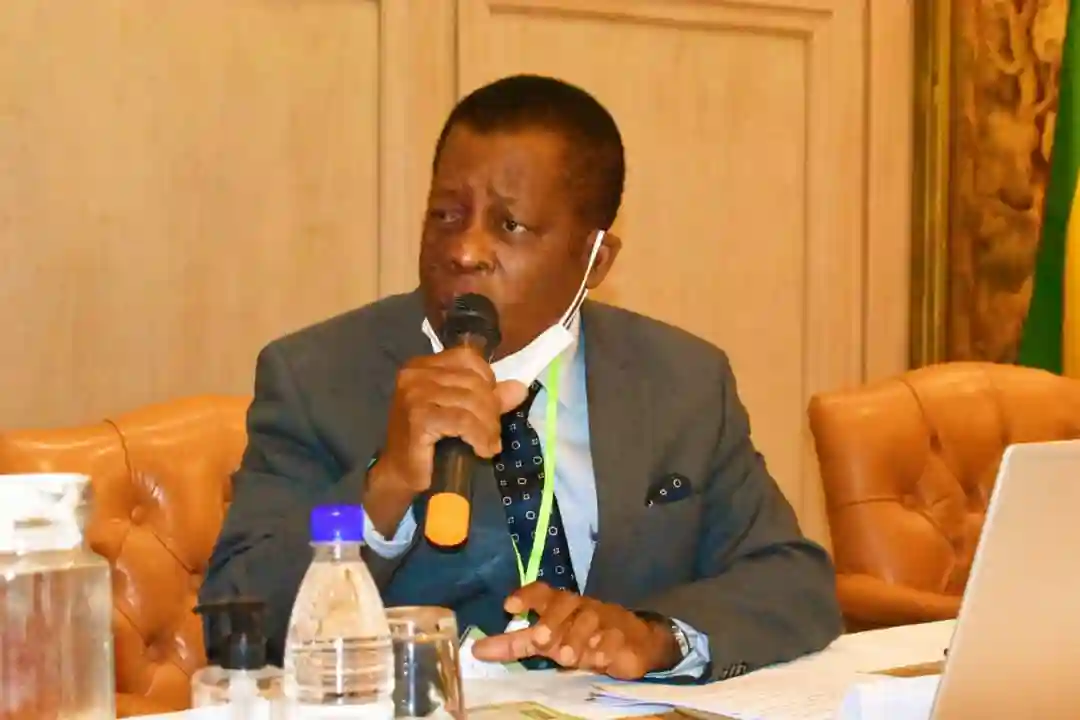ZESA Holdings says the load-shedding experienced across the country is set to ease, as a technical fault that had affected Hwange Power Station Unit 8 since last week has now been resolved, reported The Herald.
Addressing the media in Harare on Monday, August 26, ZESA Executive Chairman Sydney Gata said that the unit is now awaiting synchronisation.
Gata also said the power utility plans to install a utility-scale battery energy storage system, which will provide 600 megawatts of power during morning and evening peak periods for up to three hours. He said:
We experienced a fault at the Hwange Power Station Unit 8 last week and we had to switch it off.
These are normal technical hitches that happen during the infancy of any new plants and I’m glad to notify you that our engineers have resolved this and we expect to synchronise the unit to be back online soon…
ZESA will install a utility-scale battery energy storage system of 1800 MWh (1.8GWh) which will provide 3 hours of 600 MW during morning and evening peaks.
This will substantially reduce load shedding, besides providing some benefits to system operations.
This project is at the procurement stage. The energy to charge the batteries will be supplied or procured off-peak.
Gata also announced that Hwange Power Station Units 1 to 6 will undergo a repowering project to boost the current output from 485MW to 840MW.
He further revealed that there are plans in the pipeline to construct an additional four new units with a total capacity of 1,200MW at the Hwange Thermal Power Station. He said:
Jindal of India will invest in an additional 4 new units at Hwange introducing 1 200 MW of new capacity. Feasibility studies for these have commenced.
This will see an improvement of consistent output from the current average of 485 MW to 840 MW. The programme will be executed unit by unit in the next 36-48 months, with work having commenced on Unit 5, using internal resources.
Hwange Power Station’s ongoing Repowering Programme is a significant initiative aimed at enhancing the station’s reliability and output.
With this investment (US$800 million), the project is set to upgrade Units 1 to 6, ensuring increased capacity, and reliability, and extending the operational life of the units by 15 to 20 years.
Currently, the station is maintaining a commendable output of 485MW, even as Unit 5 is being upgraded.
The completion of Unit 5 repowering effort is strategically scheduled for April 2025, which will bolster the station’s capacity in preparation for the high demand during the winter peak season.
Gata said ZESA has entered agreements with ferrochrome companies to supply their own power. He said:
Construction work has already started at one site targeting to produce 300 MW of thermal power in Hwange, with the first 100 MW coming on stream by mid-2025.
Construction work will commence this Q3 on a 720 MW thermal power station by one of the ferrochrome companies for self-supply and supply to other ferrochrome companies.
Ferrochrome companies will be investing in renewable energy, solar and wind, commencing this year.
In total, smelting companies have reached an advanced stage for the construction of a total of 300 MW of solar and 100 MW of wind power.
According to the Zimbabwe Power Company (ZPC), on Monday, August 26th, the power generation figures were as follows: Hwange Power Station was generating 780 MW, Kariba Power Station was generating 215 MW, and Independent Power Producers (IPPs) were producing 47 MW. This amounted to a total national power generation of 1,042 MW on that day.
More: Pindula News

